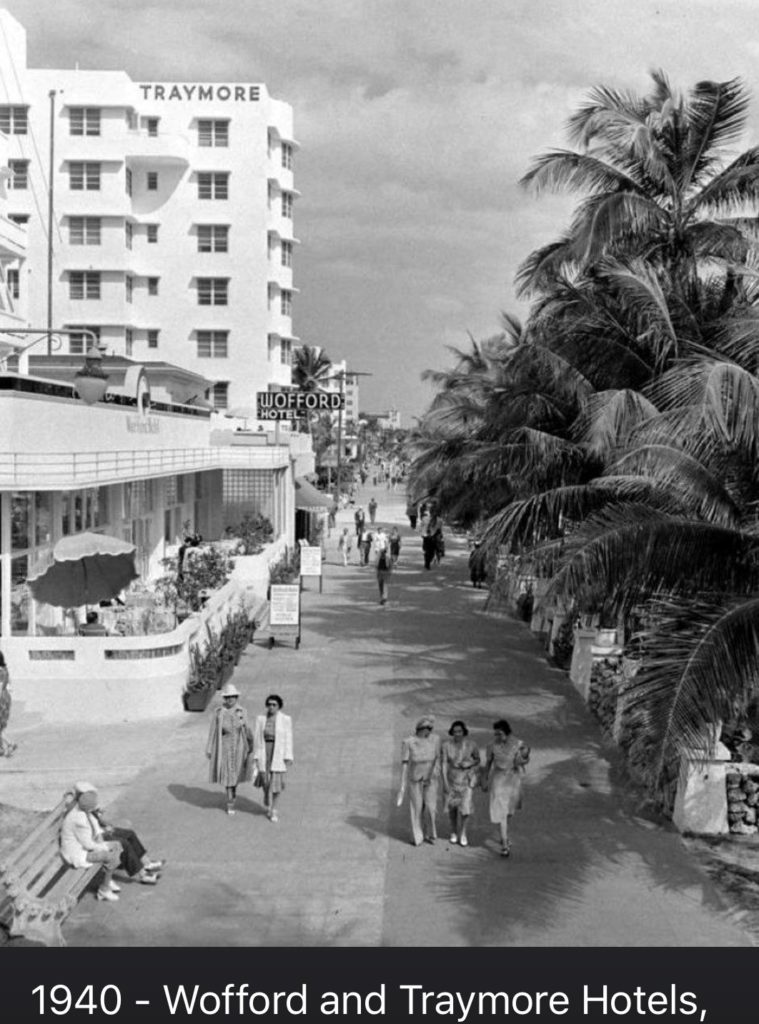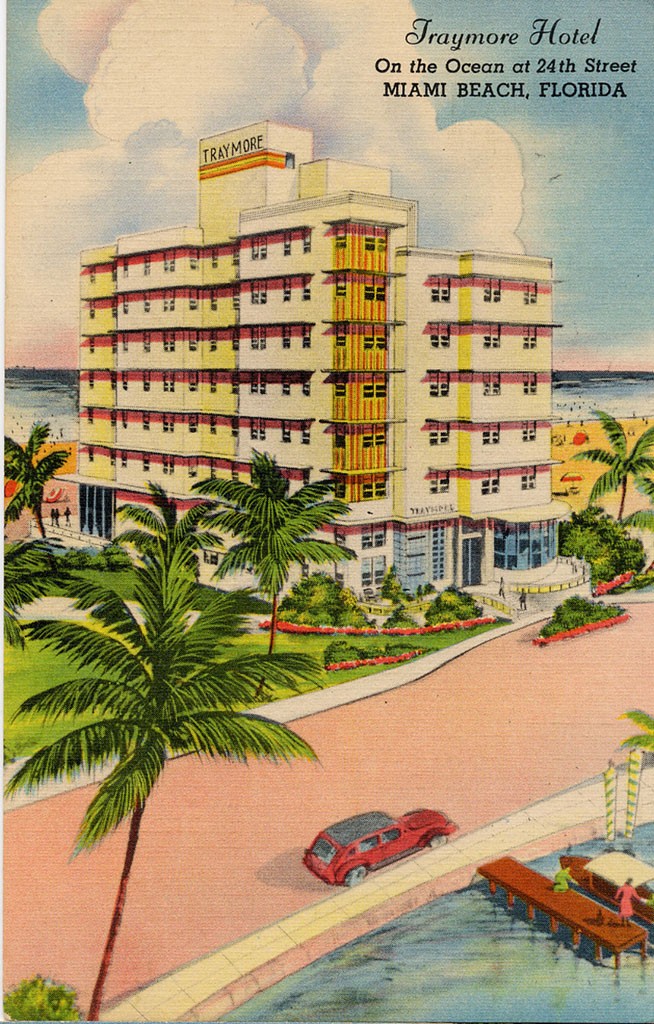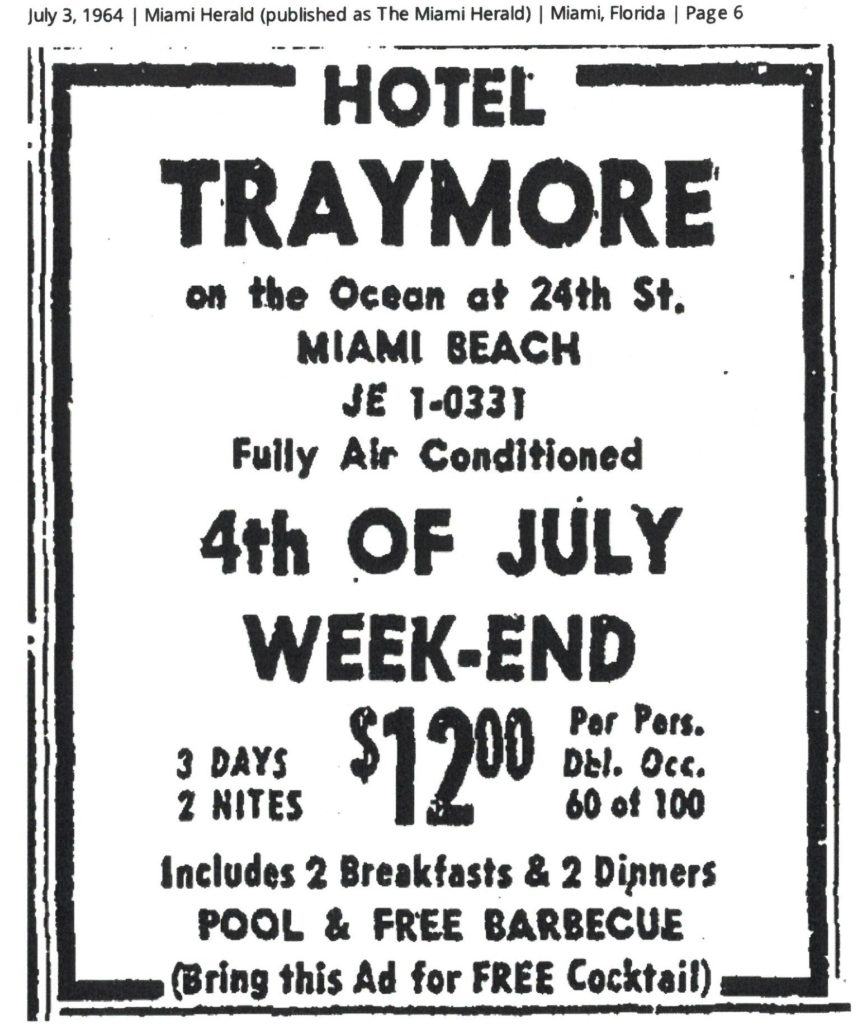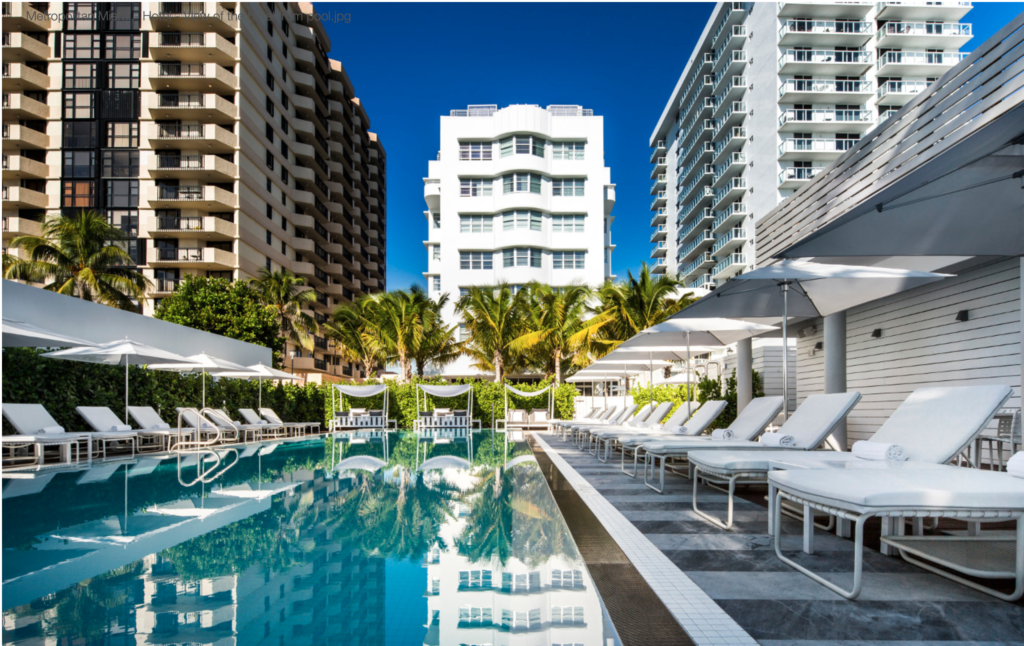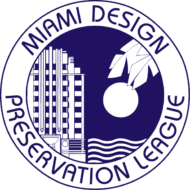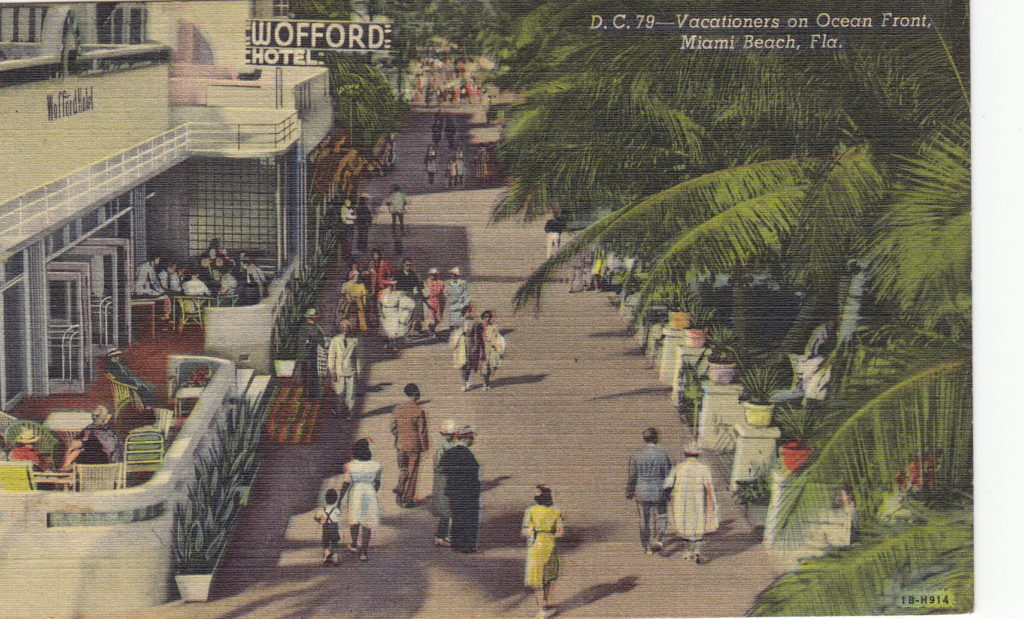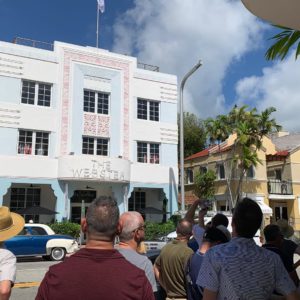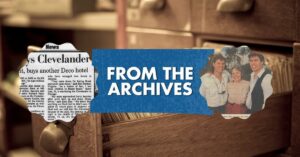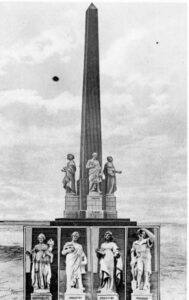Mrs. Olive Wofford, a widow in the early 20th century, opened a guest house in Miami Beach at 23rd and Collins Avenue. After seeing how the market was so successful, she leased the Breaker Apartments at 2422 Collins Avenue. Selling some of her diamonds, she improved the forty rooms and reopened as the Breakers Hotel during the 1917-1918 winter season. Deciding to take some risks as a business owner, she charged the exorbitant amount of $25 a day, catering to only the wealthiest of patrons. Her risk paid off because in 1921, she built the Wofford Hotel next door to the Breakers at 2400 Collins Avenue. For the next couple of decades, that stretch of the beach became a very popular vacation destination. In 1940, Mrs. Wofford signed over a lease for another operator to run the hotel. However, gangsters managed to gain control of it. Subsequently, the hotel became overrun by warring mobsters competing for a thriving bookmaking scene. For the next decade, she was involved in a series of futile lawsuits until the lease expired in 1950. Years later she was able to finally sell the hotel. After years of the Wofford Beach Hotel falling into disrepair and it was condemned in 1973 and was torn down in March 1974. Today in that space stands a condominium building.
Next door at 2445 Collins Avenue was the Art Deco Traymore Hotel, designed in 1939 by Albert Anis to have 100 rooms, many of which overlooked the ocean. The hotel enjoyed a thriving business until 1942 when war broke out and many hotels were rented out by the government for training soldiers. In 1943, the Traymore was used to house enlisted officers until September 1945, when the hotel was one of only eight retained for use as convalescent hospitals. The remaining eighty hotels on the beach were beginning to be repaired by army engineers to be returned to their civilian owners for plans to re-open.
In 1948, the original Breakers changed its name to the Traymore Annex, advertising rooms for $600 for the whole winter season. One of the largest hotel transactions of that era was announced in 1951, when both the Traymore and the Breakers Hotels were sold for $1.2 million. In November 1956, the City ordered six oceanfront hotels between 24th & 29th St. to remove all cabanas, stone walls, and hedges from the ocean-front promenade, as it was ruled as an encroachment on public property.
Decades later by 1971, the hotel became exclusively kosher to attract a more observant Jewish clientele. Ironically in 1979, The Traymore sold for $500,000 to the International Society for Krishna Consciousness of Miami Beach, who ran their South Florida headquarters there. After 10 years at the hotel and faced with declining membership and increasing taxes, the Krishnas sold it to the Patitucci family for $1.5 million. In Feb. 1990 the new owners spent more than $1 million to renovate the hotel, restoring the original design features, such as the terrazzo floor, adding air conditioning and converting the Traymore from a Hare Krishna temple back to an Art Deco hotel, with a French and Italian restaurant.
In 2011, SR South Beach One bought the hotel at a foreclosure sale for $12.2 million . The following year they sold the shuttered hotel to Como Traymore for $17.5 million. The hotel, in severe disrepair and in need of extensive renovations was gutted, rehabed, and restored to its former glory by 2014. The Metropolitan by COMO, at that time represented the first United States hotel for this Singaporean luxury hotel chain and combines Art Deco details with Paula Navone’s modern-tropical design.
